Job Safety Analysis (JSA), also known as Job Hazard Analysis (JHA), Activity Hazard Analysis (AHA), and Risk Assessment (RA), are systematic processes used to identify and mitigate workplace hazards to ensure the safety of employees and reduce the risk of accidents or injuries. Each of these processes has its own specific focus and approach:
- Job Safety Analysis (JSA) or Job Hazard Analysis (JHA):
- Purpose: To systematically evaluate and analyze the hazards associated with specific job tasks or activities.
- Process:
- Identify the job or task to be analyzed.
- Break down the job into individual steps.
- Identify potential hazards and risks associated with each step.
- Determine preventive measures or controls to mitigate those hazards.
- Document the analysis, including identified hazards and controls.
- Benefits: JSA helps organizations proactively identify and address workplace hazards, leading to improved safety and reduced incidents.
- Activity Hazard Analysis (AHA):
- Purpose: To assess and mitigate hazards associated with specific construction or project activities.
- Process:
- Identify the activity to be analyzed, such as a construction task.
- Break down the activity into its components and steps.
- Identify potential hazards for each step.
- Determine controls and safety measures for each hazard.
- Document the analysis, including hazards and controls.
- Benefits: AHA is commonly used in the construction industry to prevent accidents and injuries during complex activities by systematically evaluating and mitigating risks.
- Risk Assessment (RA):
- Purpose: To evaluate risks associated with a broader scope of activities, projects, or operations.
- Process:
- Identify the scope of the assessment, which may include an entire project or a range of activities.
- Identify potential hazards and their consequences.
- Assess the likelihood of each hazard occurring.
- Evaluate the severity of the consequences if the hazard does occur.
- Calculate the overall risk level for each hazard.
- Develop risk mitigation strategies and controls.
- Document the assessment and mitigation measures.
- Benefits: Risk assessments are used to prioritize safety efforts and allocate resources where they are most needed. They are broader in scope compared to JSAs or AHAs.
In all these processes, the goal is to identify hazards, assess their potential impact, and implement controls or safety measures to reduce or eliminate the risks associated with those hazards. This proactive approach to safety helps organizations create safer work environments and prevent accidents and injuries.
It’s important to note that the terminology and specific steps may vary depending on the industry and organization. However, the fundamental principles of hazard identification, risk assessment, and control measures remain consistent across these safety analysis methods.
